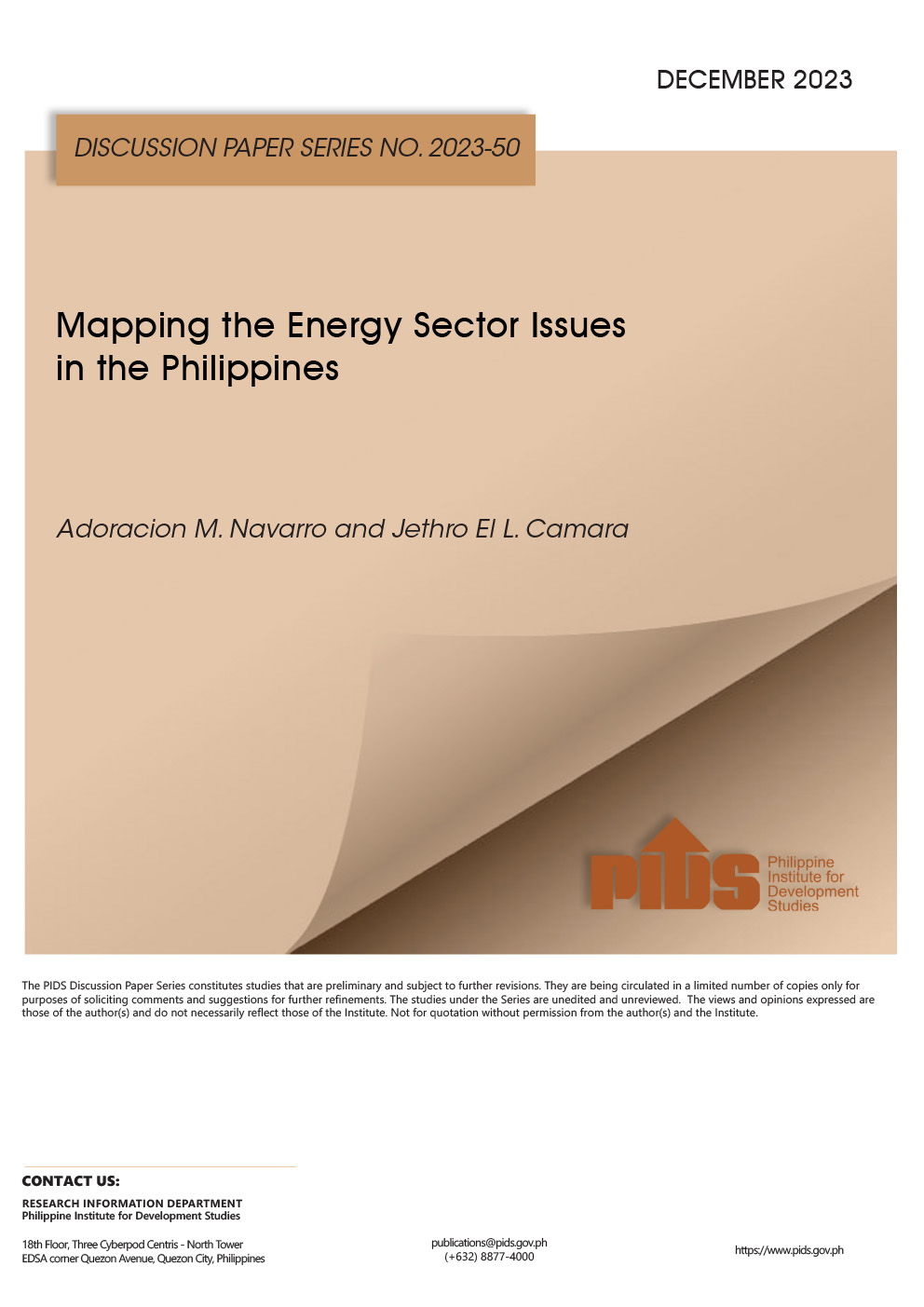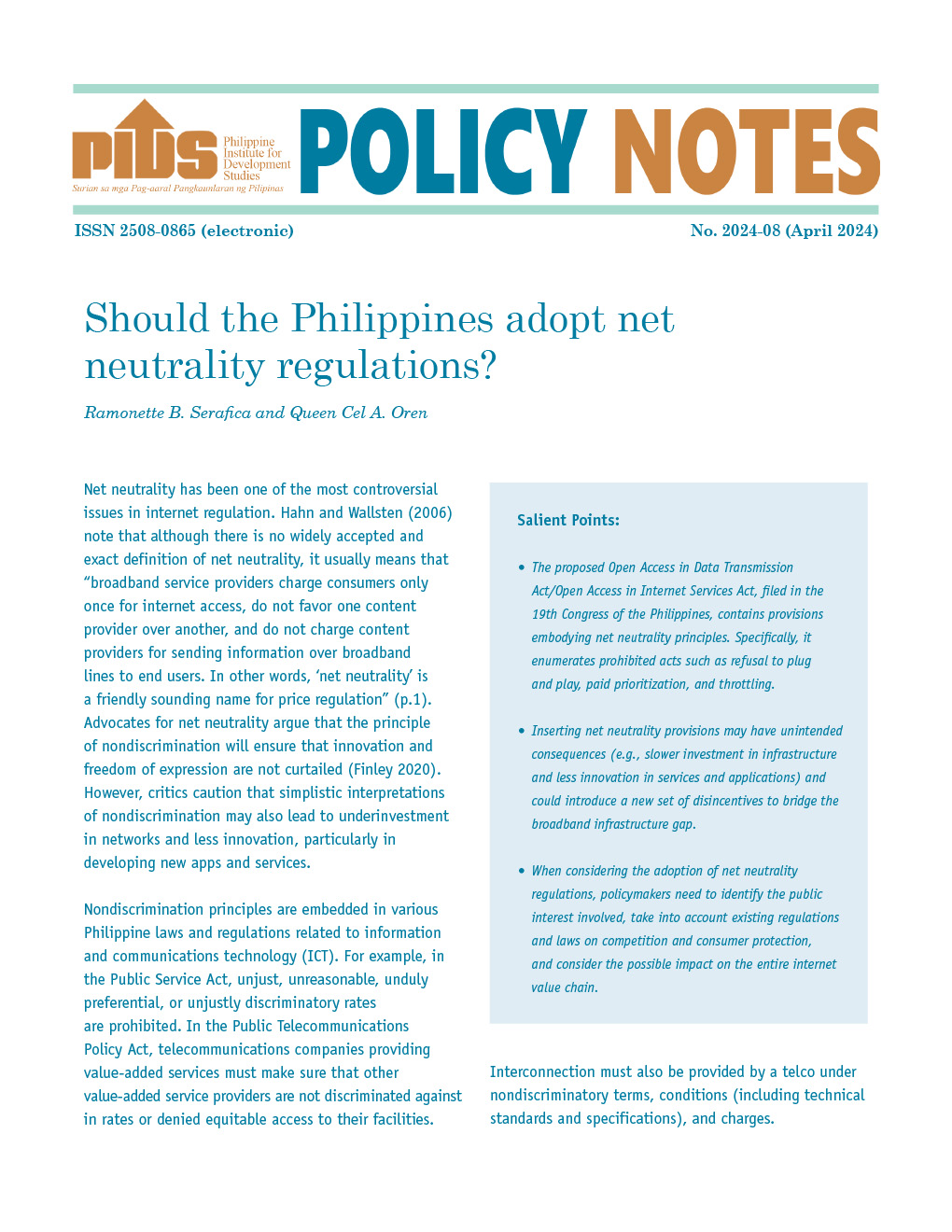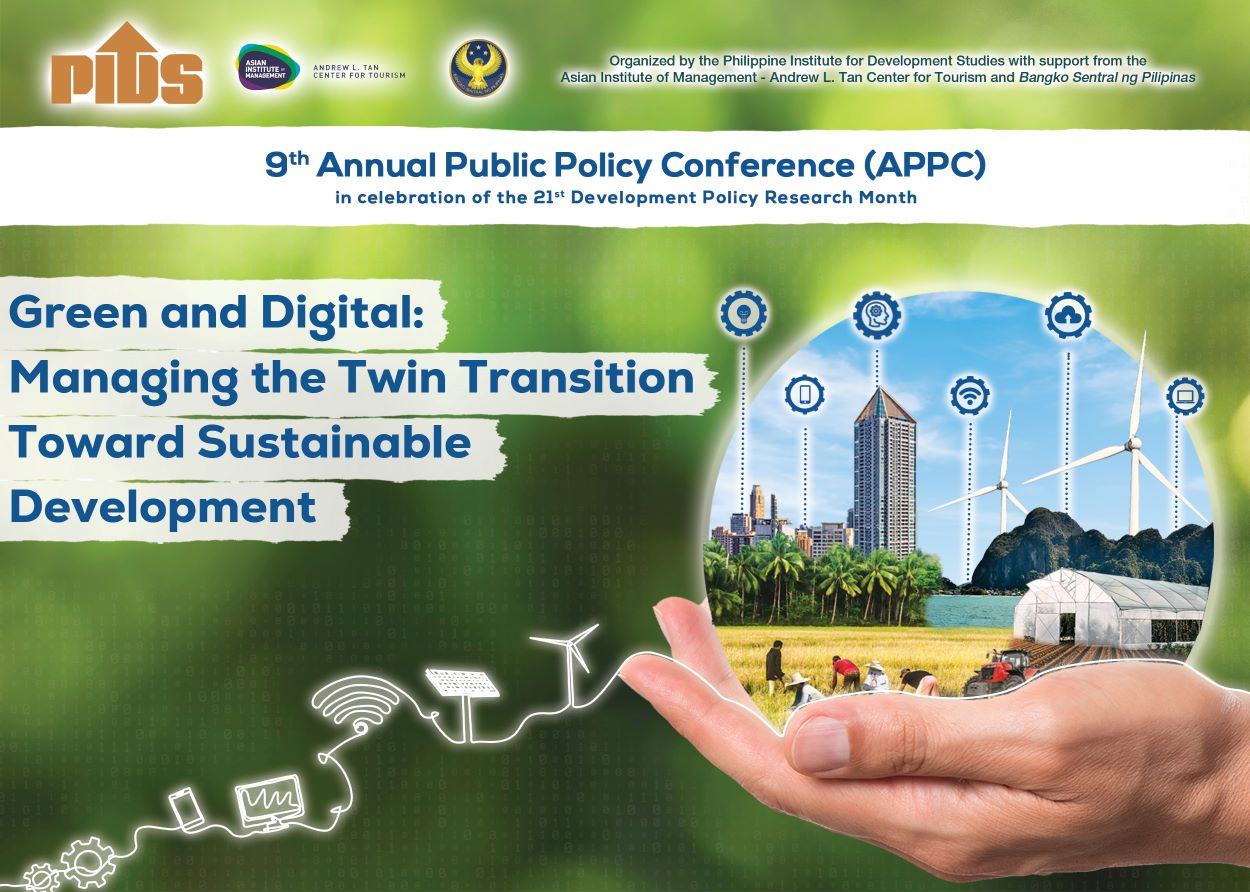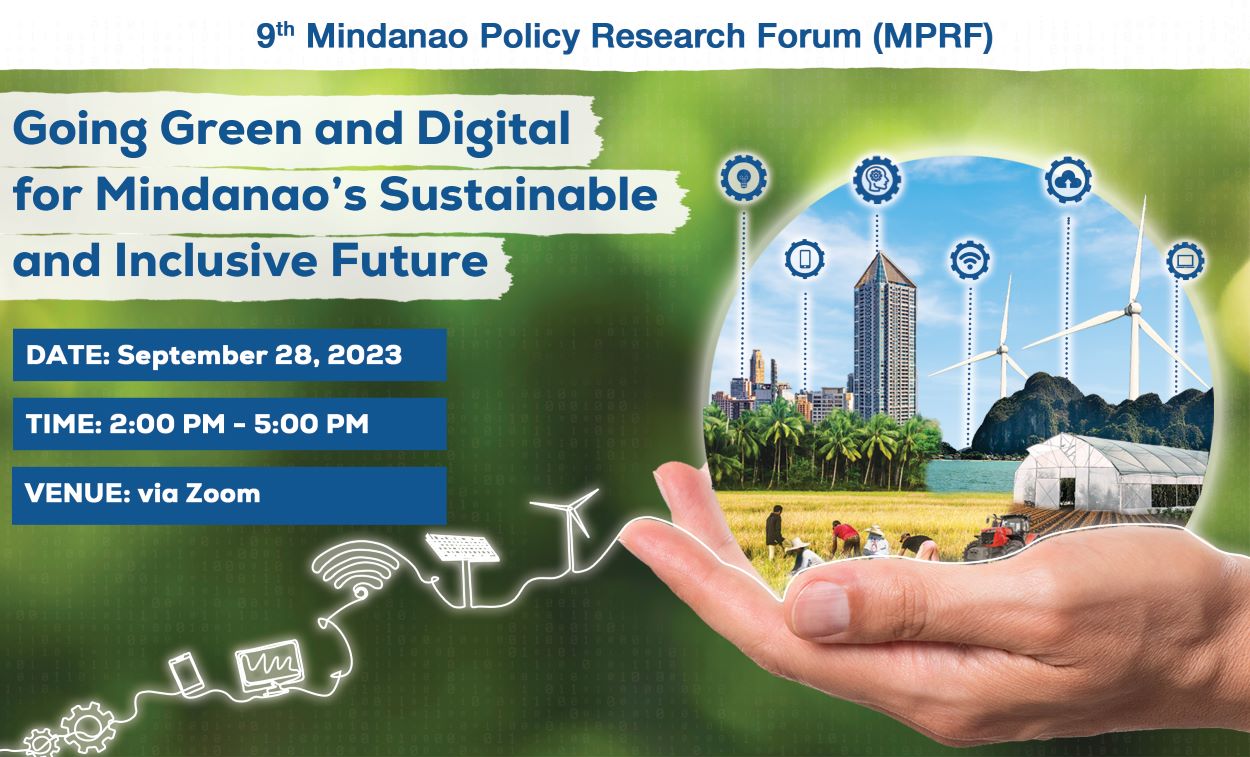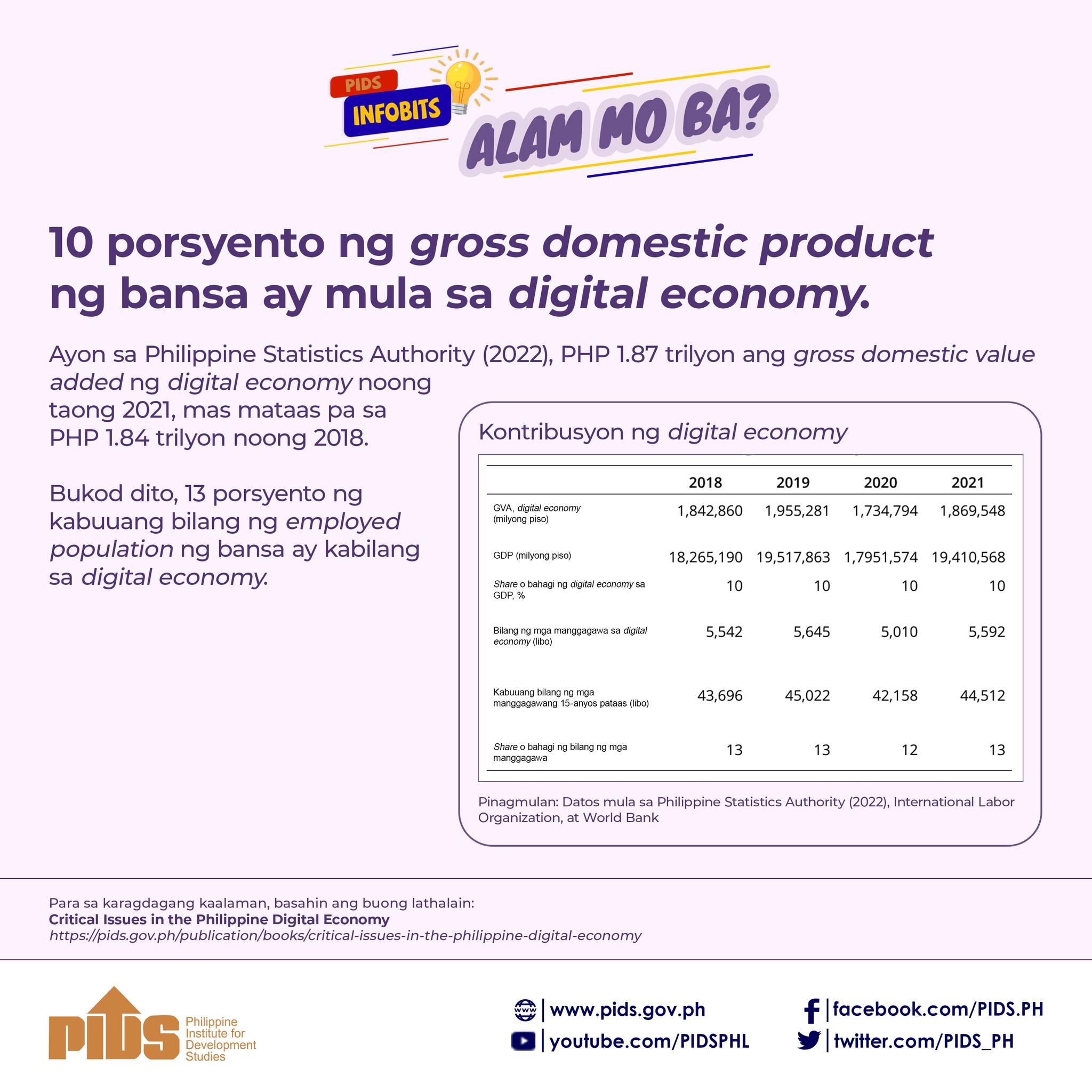PLDT and its wireless subsidiary, Smart Communications Inc. (Smart), are integrating their automated network to improve customer experience and digital services while clearing the way for 5G services.
“As technology develops, an operator would not want to get stuck with being just a voice and a data provider. The need for engaging in the application and digital service space is obvious. Our ambition is to become a full digital service provider,” Joachim Horn, Next-Generation Solutions Advisor at Smart said during the recent Global Analyst Forum hosted by Nokia.
With the complexities brought about by legacy systems, it is crucial for both PLDT and Smart overcome challenges to deliver significant benefits to their enterprise, home and individual customers.
Legacy systems are the analog equipment that still connects parts of the country to the telecom grid.
“For customers today, asking for a new service can be a journey, and that is because it is complicated. There are many different systems involved in order to activate such a service,” he explained.
“When you want to move into end-to-end service orchestration, you have to find a way to deal with that complexity.”
Gov’t must step up
A separate forum took government to task in creating an enabling environment where telecommunications (telco) industry players could bridge the country’s digital divide.
Joel Dabao, president of the Philippine Cable and Telecommunications Association (PCTA) Inc., said during a webinar organized by the state think tank Philippine Institute for Development Studies government should “not restrict those who are willing and able [to] contribute [in] solving problems” in the industry.
The PCTA is the umbrella organization of cable television operators in the Philippines.
One of its key projects is the PCTA Internet Exchange (IX), which aims to create an interconnected community where industry players, including cable operators, Internet service providers, enterprises, schools, and government agencies, could thrive on “fast, efficient, reliable, and affordable Internet service.”
According to Dabao, the project aims to share local traffic to reduce latency and cost, as well as integrate and leverage, to get better pricing from telco operators. In other words, PCTA IX is “a social enterprise to help smaller cable operators get into the Internet.”
Vital for 5G
Horn, meanwhile, added that automation is critical for any telco’s bid to become more competitive and agile in the 5G era.
“One can only deal with the high complexity of 4G and 5G by automating and managing all dependencies at the right point in time,” he said. “Automation will make us much faster and more competitive. It is the only way to leverage the full benefits of 5G — but 5G was not the only reason we wanted to do this. First and foremost, we want to serve our customers better.”
Horn said that in handling such a complex network transformation project, it was important to identify specific use cases that will benefit customers, such as bandwidth-on-demand — a “simple yet very powerful use case” that the company is currently exploring.

